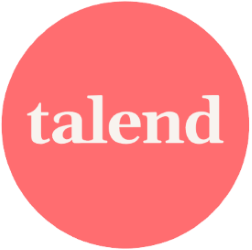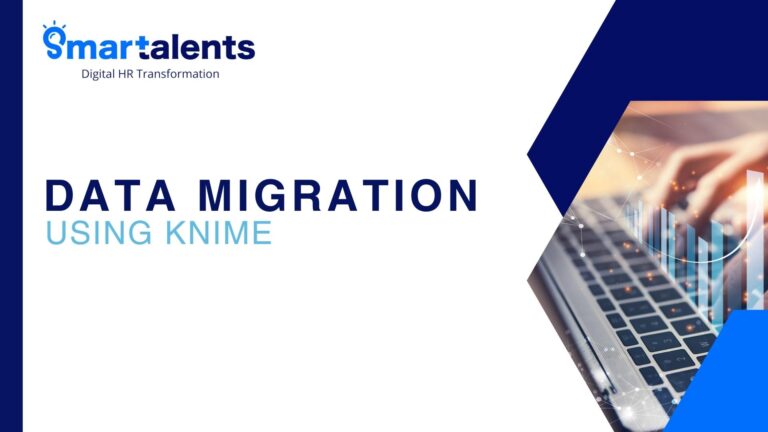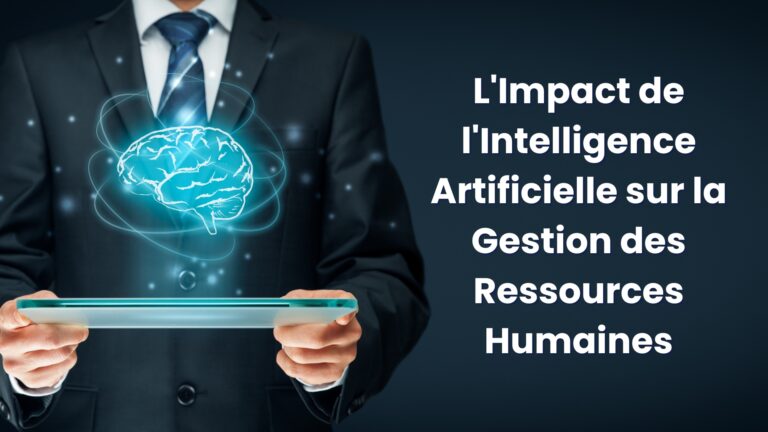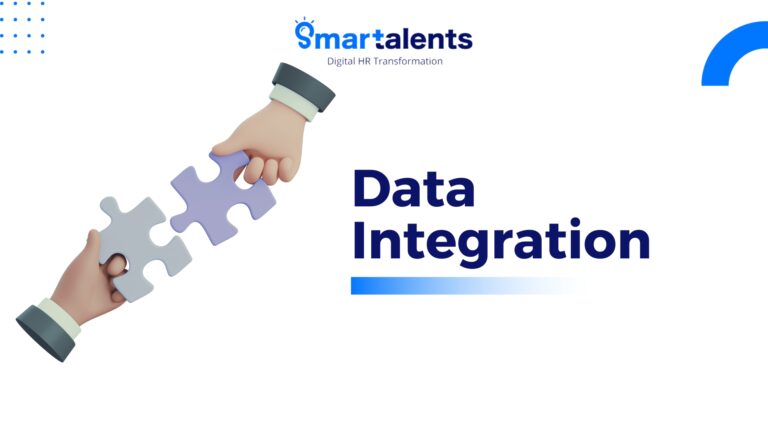The Future of HR: Innovations in Data Management and Visualization
In the evolving human resources (HR) landscape, the integration of data management and visualization has ushered in a new era of strategic decision-making and people-centricity. As companies recognize the critical role of HR in shaping their success, they are increasingly turning to innovative data solutions to optimize talent management, improve employee experience and drive business growth.
Traditionally, HR departments have relied on manual processes and disparate systems to manage large amounts of employee data. However, the emergence of advanced technologies and sophisticated analytical tools has revolutionized HR practices. Today, data management platforms offer comprehensive solutions that streamline HR operations by integrating disparate data sets—including employee demographics, performance metrics, engagement, and more—into centralized repositories.
One of the key innovations shaping the future of HR is the use of artificial intelligence (AI) and machine learning algorithms in data management. These technologies enable HR professionals to gain meaningful insights from large amounts of data, enable predictive analytics for talent acquisition, identify retention risks, and personalize employee development strategies. By using AI-driven algorithms, HR departments can make data-driven decisions that are aligned with business goals while adapting to dynamic market demands.
Furthermore, integrating data visualization tools has proven to be a game-changer in the HR world. Visual representations like interactive dashboards, heat maps, and graphical reports transform complex HR data into easy-to-understand and actionable insights. This enables HR leaders to effectively communicate results across the organization, facilitate informed discussions and enable faster, more agile decision-making processes.
The concept of people analytics is growing in popularity, allowing HR professionals to gain a deeper understanding of employee behaviors and preferences. Through predictive modeling, HR teams can predict trends, predict future skill needs, and identify patterns that improve employee performance and engagement. This proactive approach helps develop preventive strategies to address potential challenges and promotes a more agile and responsive HR ecosystem.
Additionally, the rise of employee experience (EX) as a key driver of organizational success has led HR leaders to focus on creating personalized and seamless experiences for employees. By leveraging data analytics, HR departments can gain insights into the diverse needs of their employees, allowing them to design and implement tailored programs and initiatives to increase satisfaction, well-being, and productivity.
In this data-driven HR landscape, ethical considerations around privacy and data security remain critical. Companies must adhere to strict protocols to ensure compliance with data protection regulations while maintaining transparency and protecting employee information.
Going forward, the future of HR will continue to be shaped by technological advancements and data-driven strategies. As artificial intelligence, machine learning, and analytics tools continue to evolve, HR professionals will increasingly rely on these innovations to gain deeper insights, drive strategic decisions, and foster a culture of continuous improvement within their organizations.
In summary, the convergence of data management and visualization technologies is revolutionizing HR practices, enabling professionals to leverage insights to drive employee engagement, improve experience and significantly contribute to organizational success. As the digital era unfolds, HR’s reliance on innovative data solutions will be pivotal in shaping workplaces that are agile, adaptive, and employee-centric.








